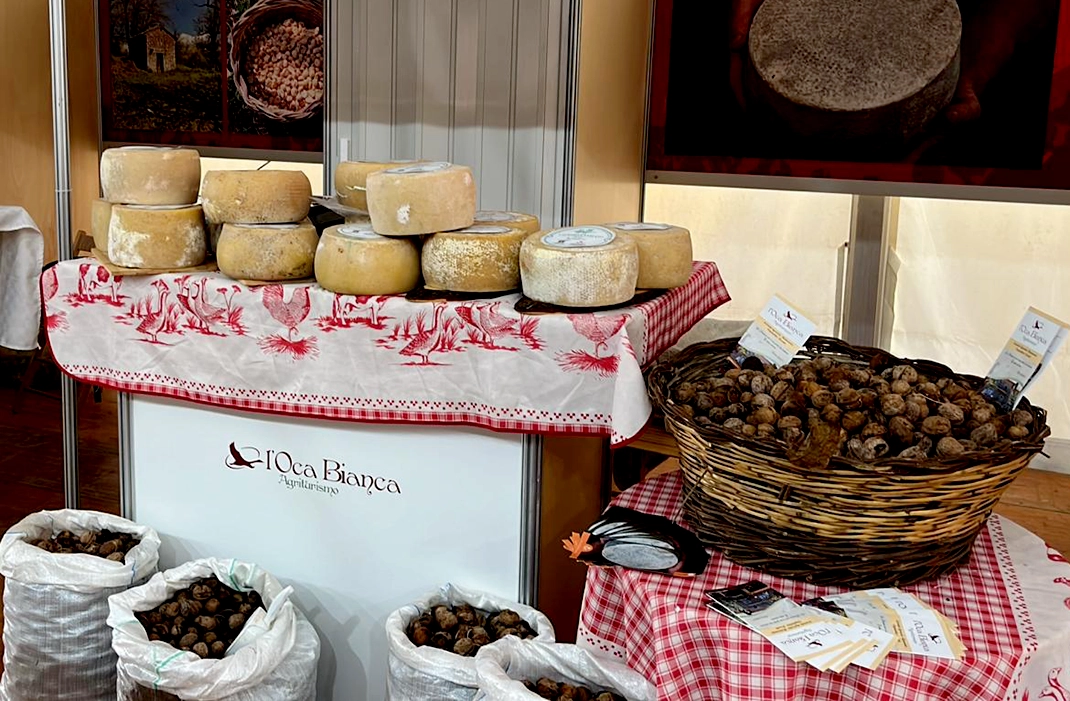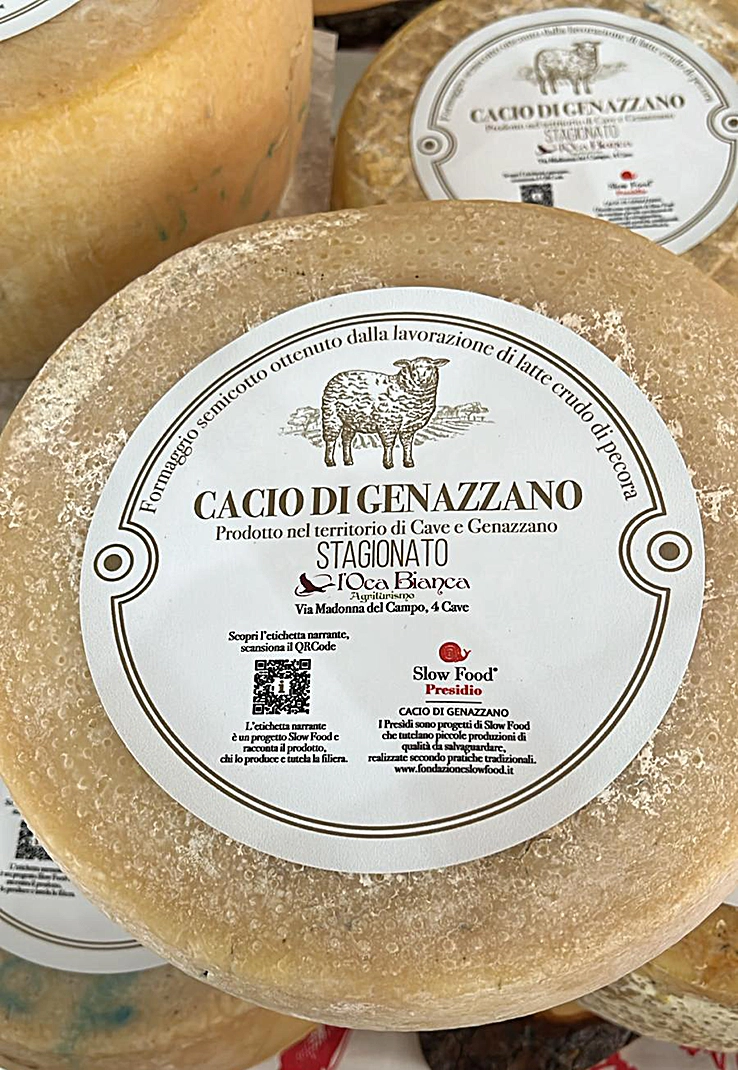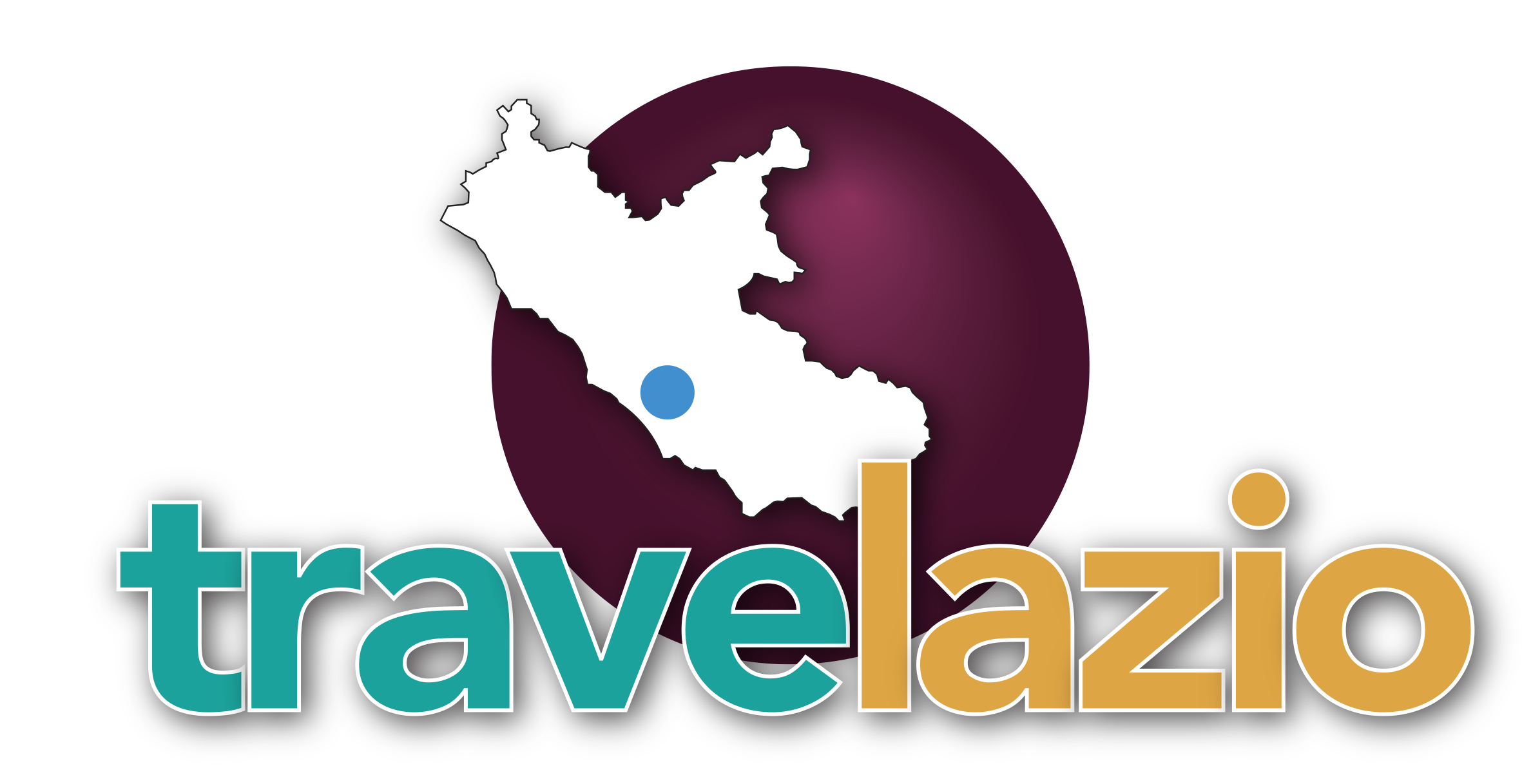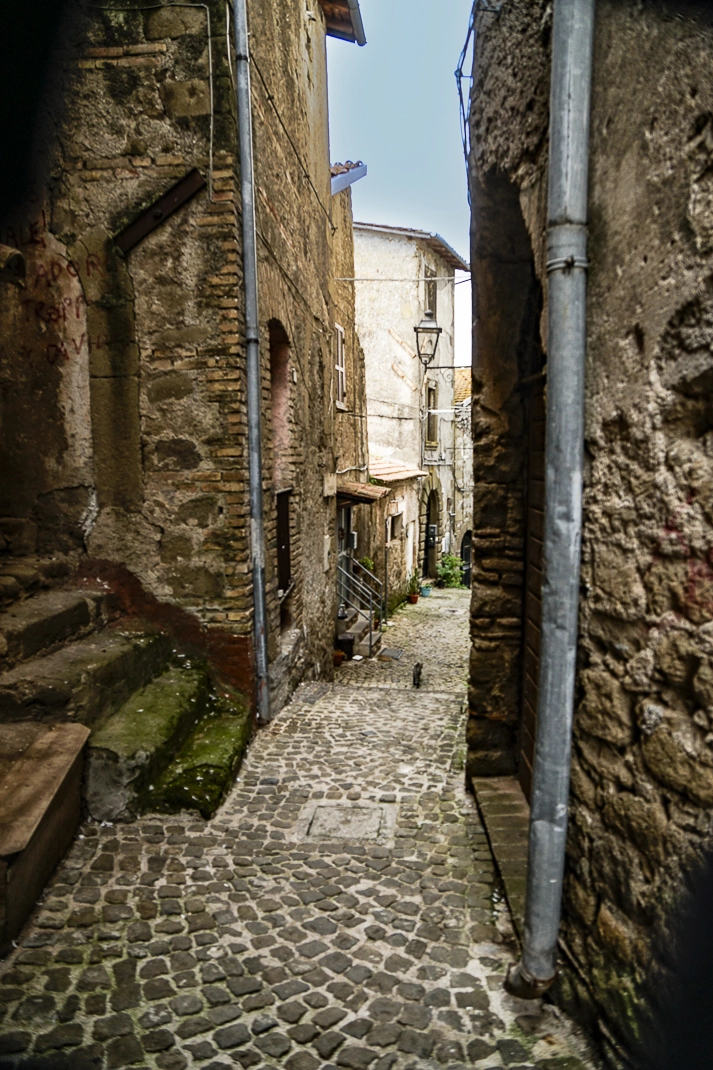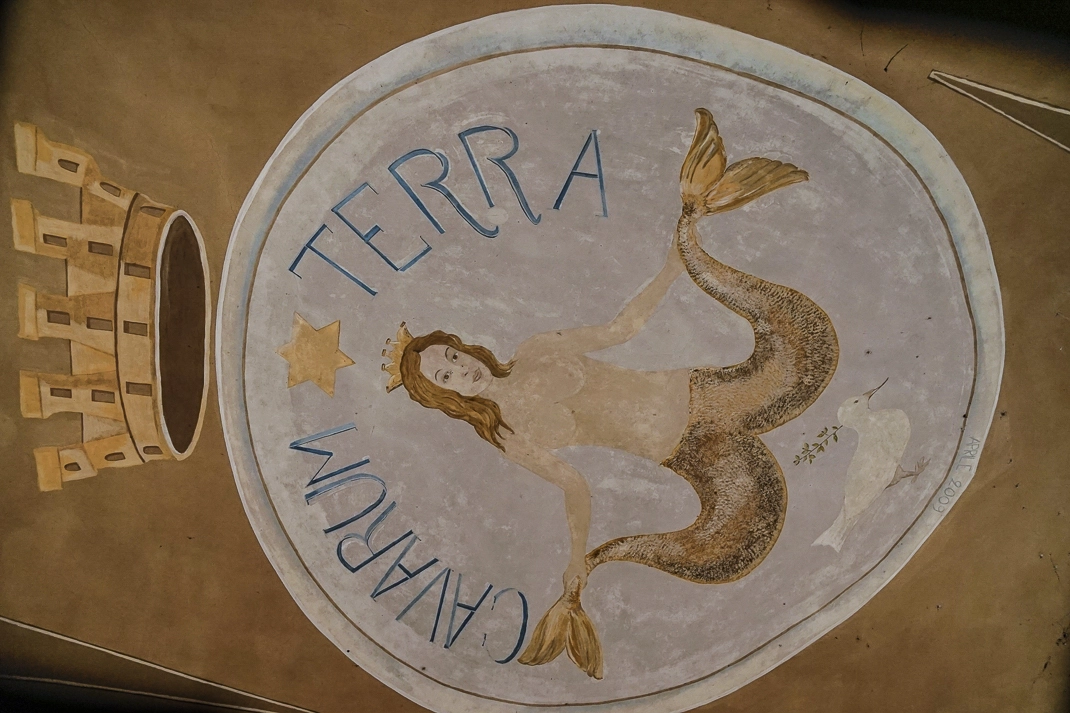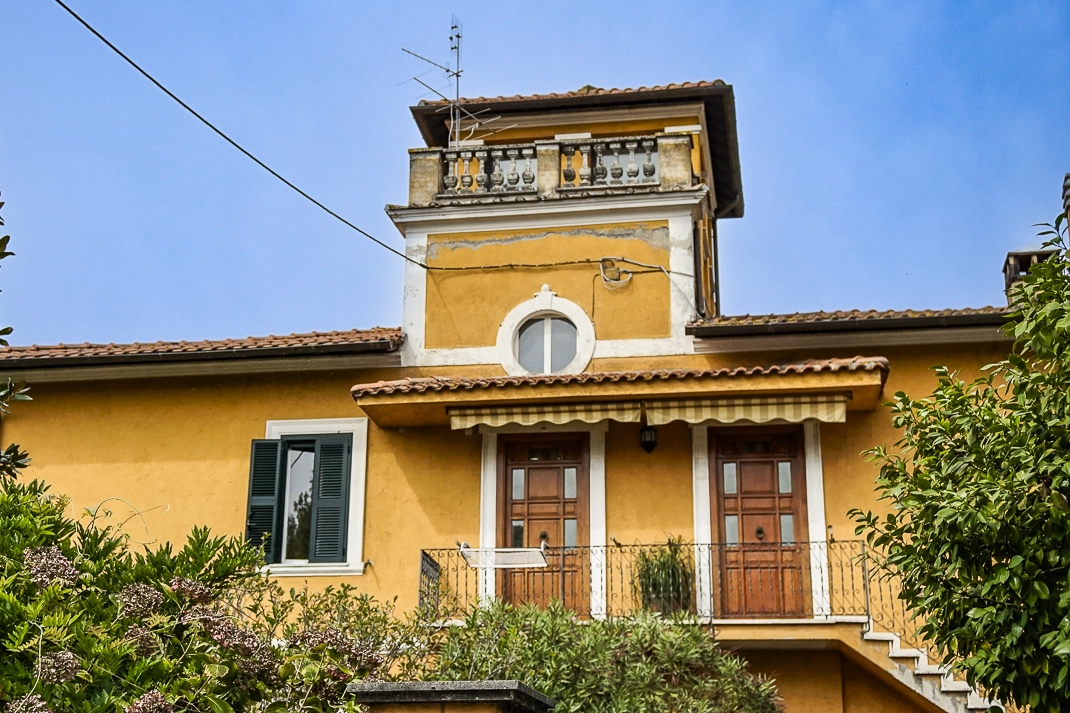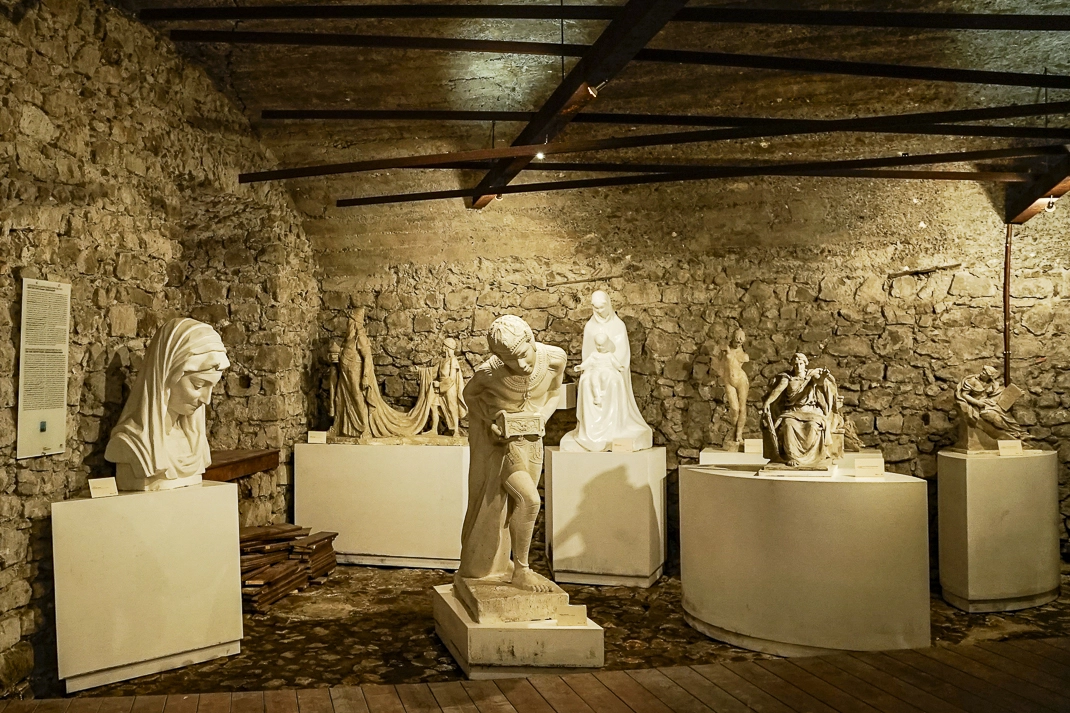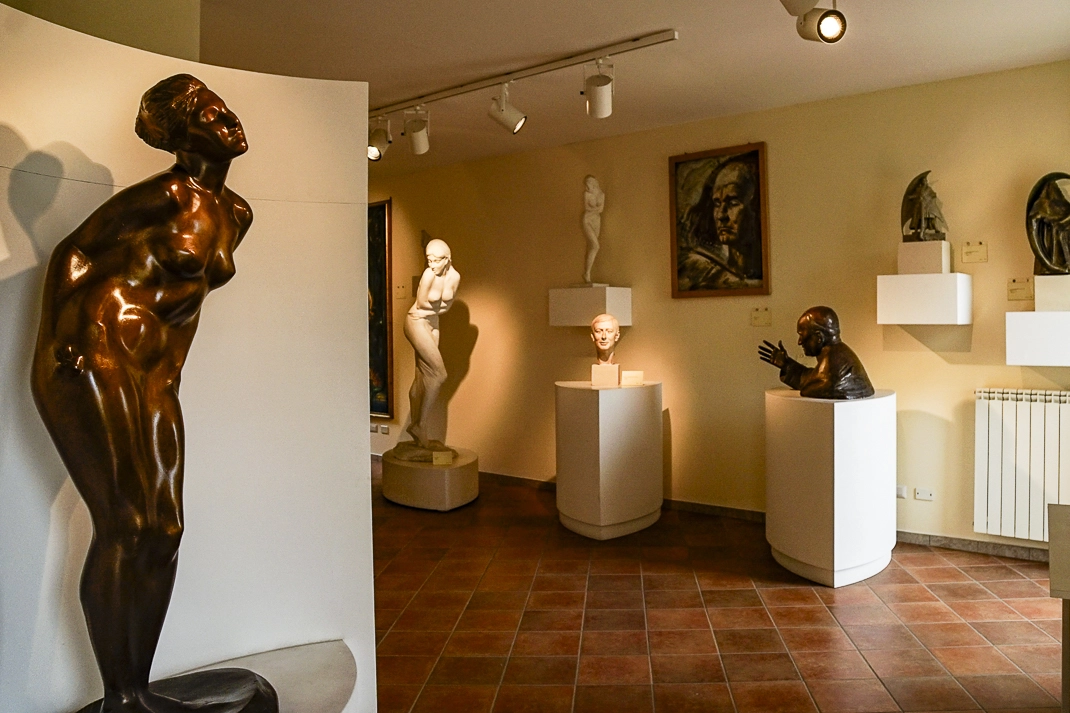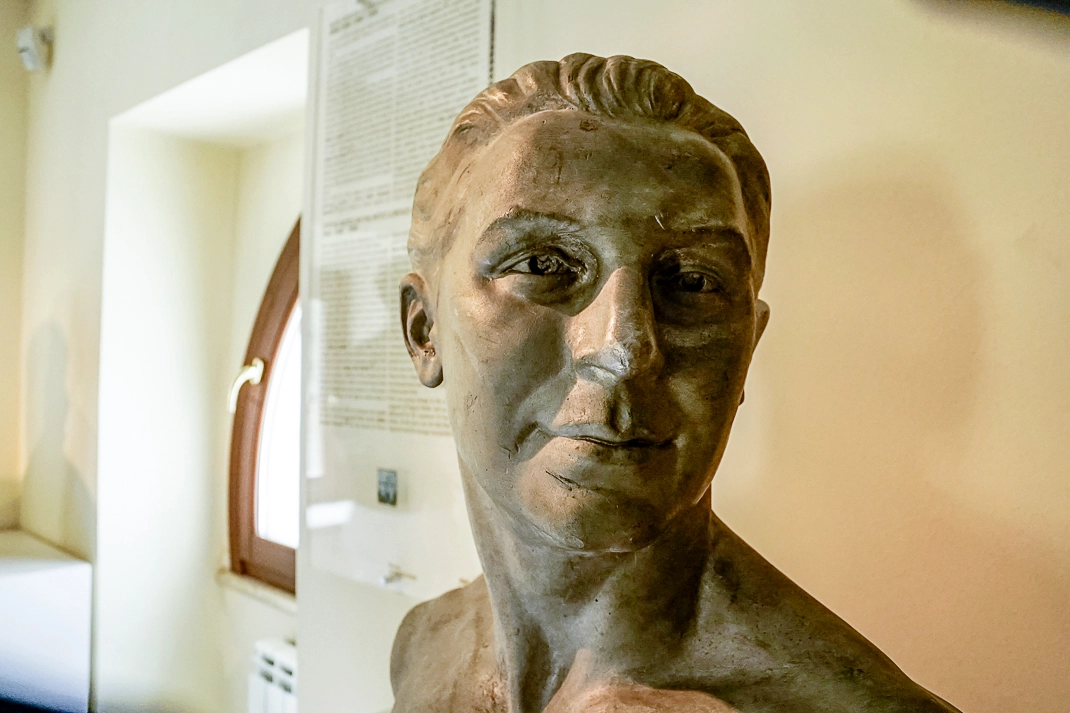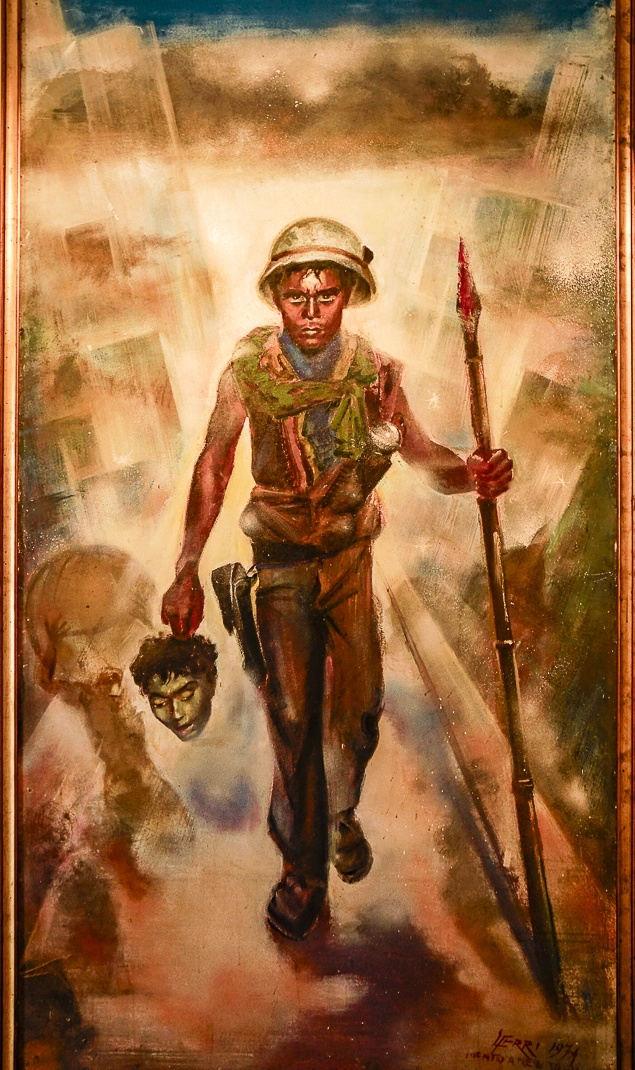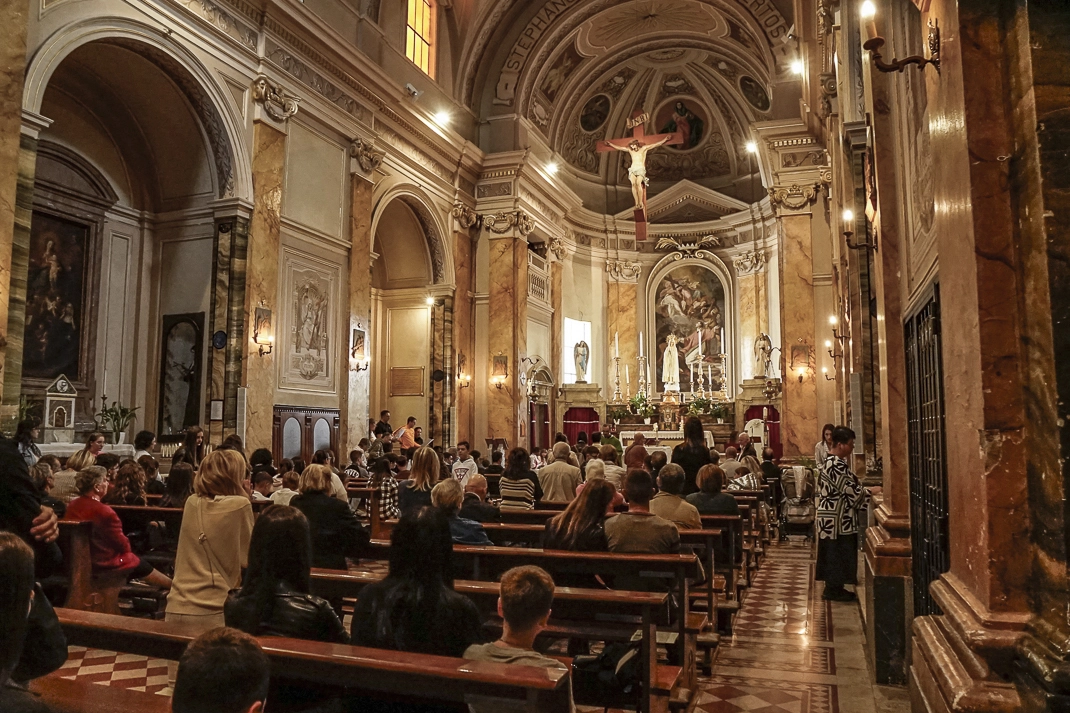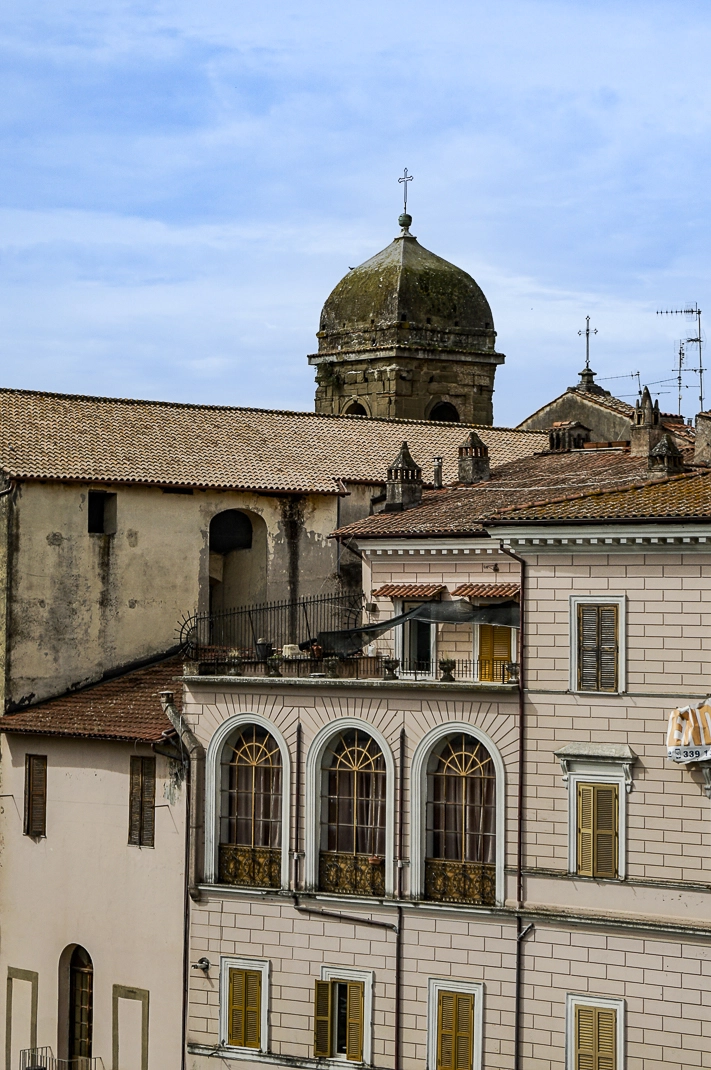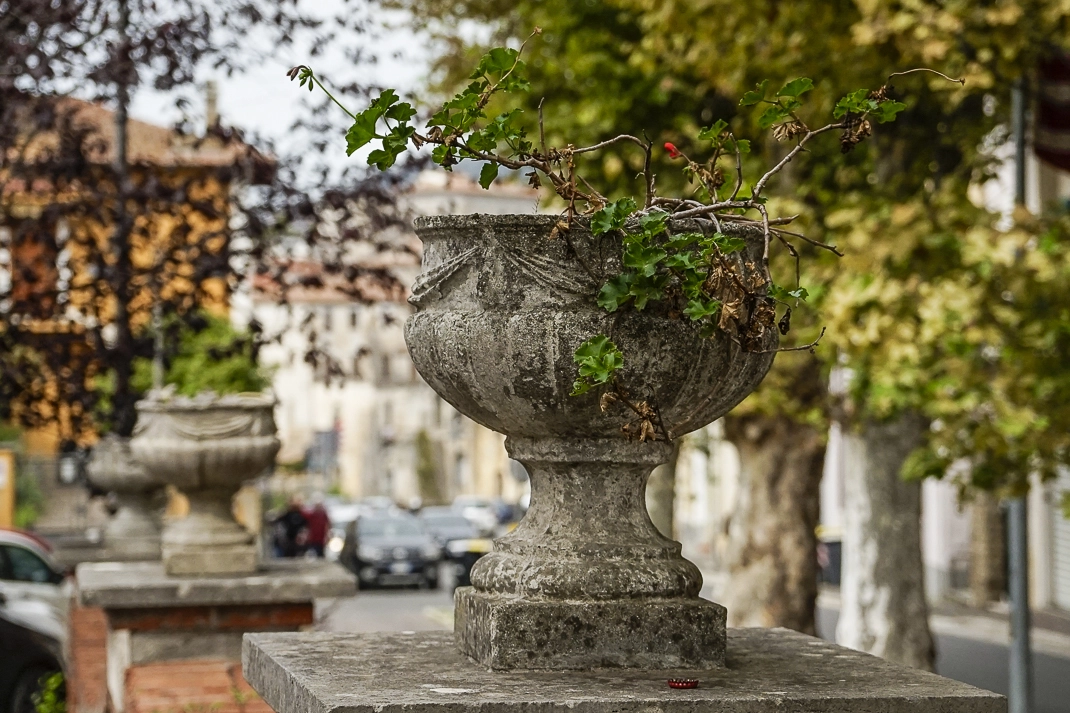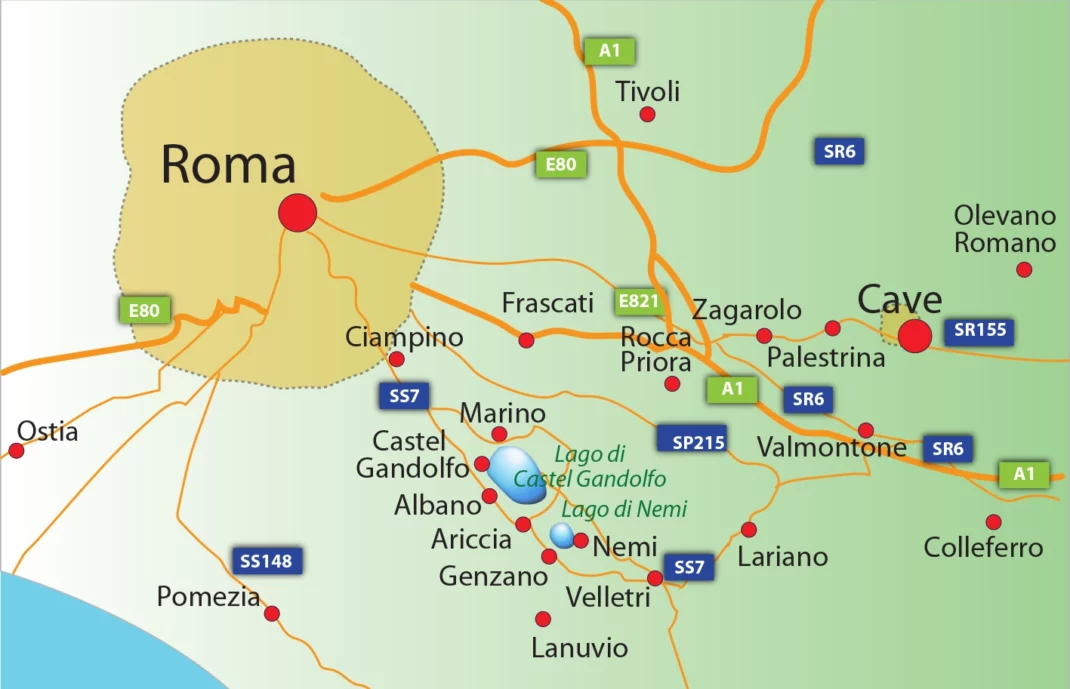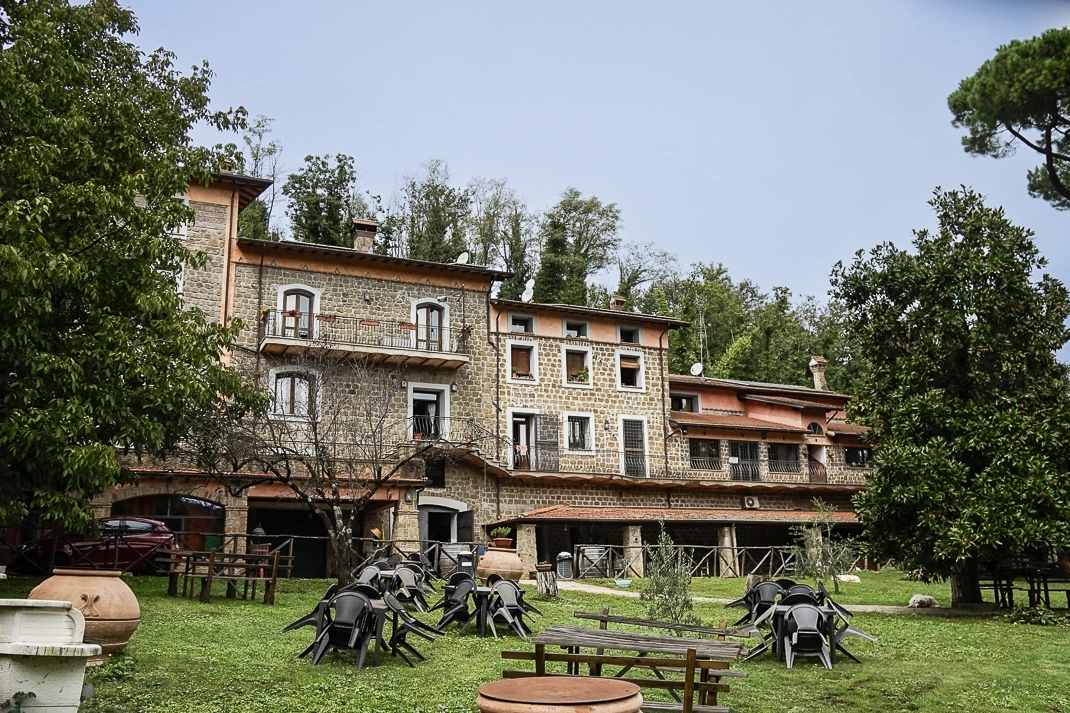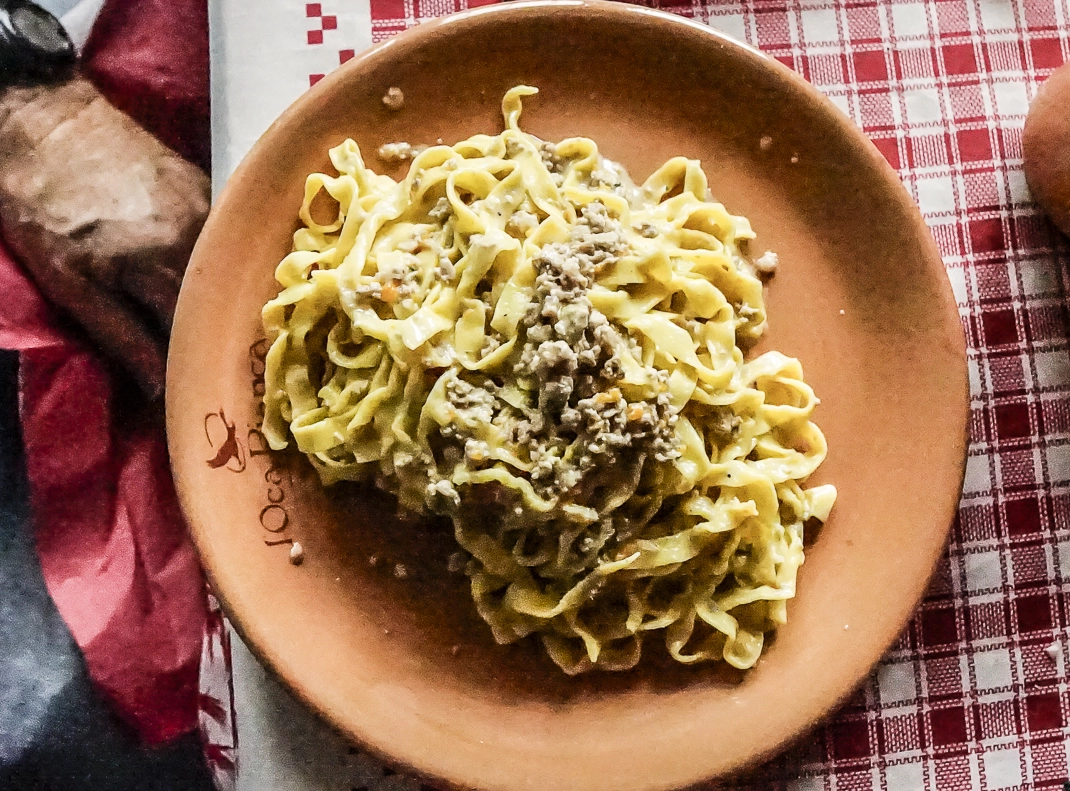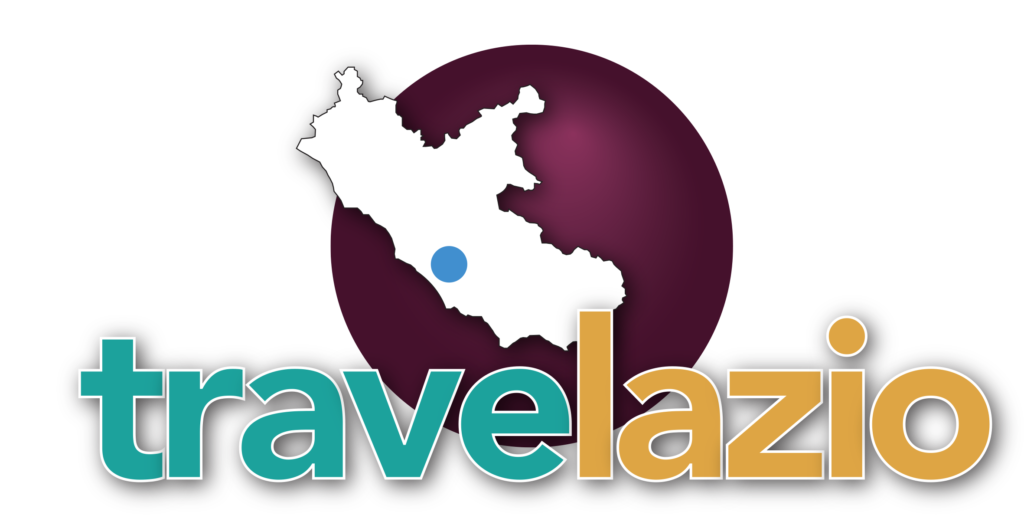
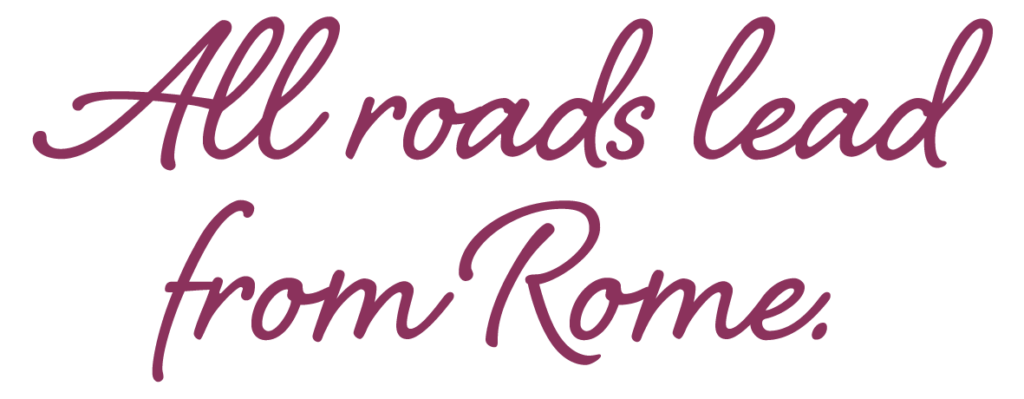
Cave: Punching above its weight in the Prenestini Mountains
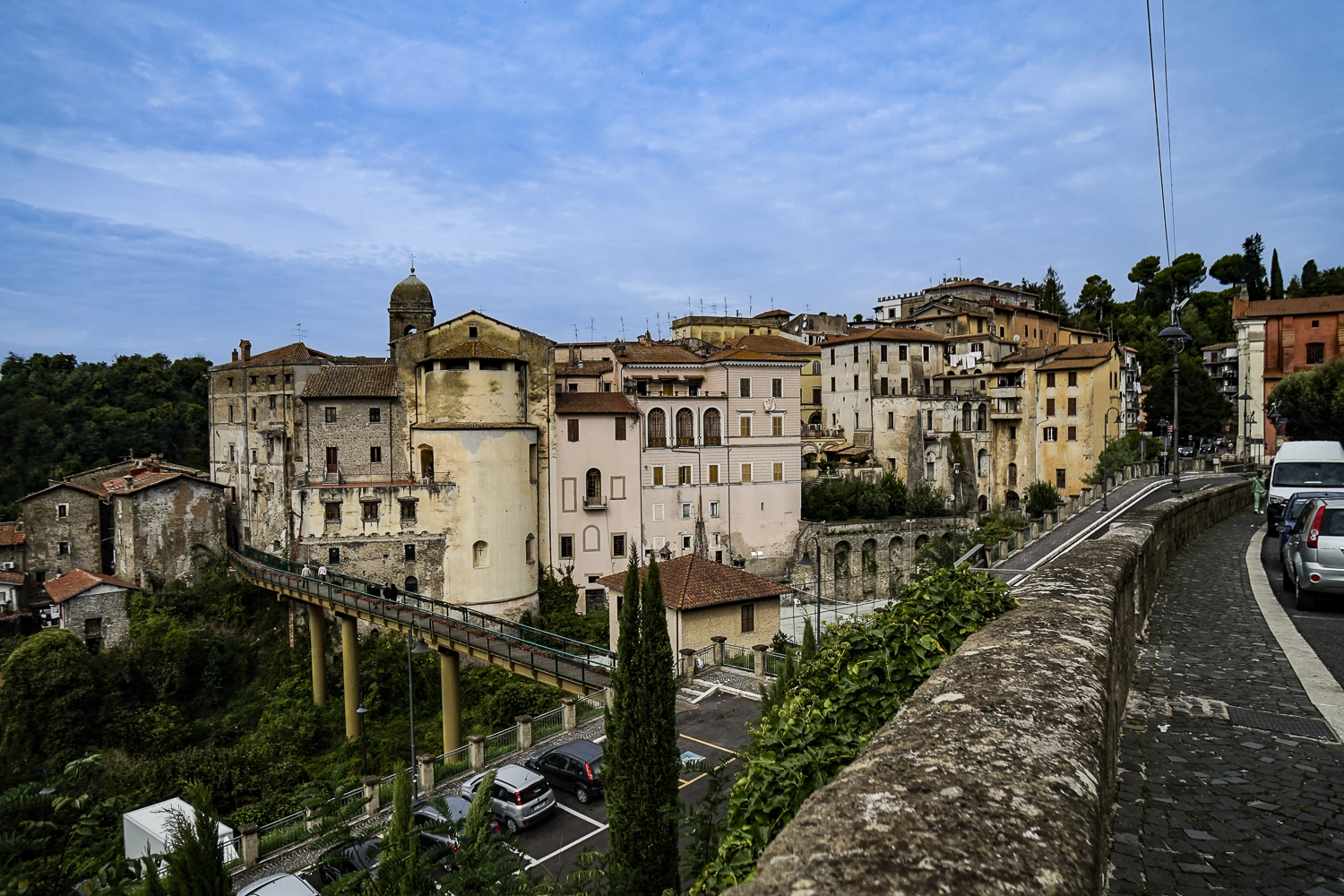
You’ve likely read a lot about the great Italian sculptors like Michelangelo and Gian Lorenzo Bernini. They have some of the most iconic works in man’s history. But were they as prolific as this one sculptor from the little town of Mercato Saraceno in the region of Emilia-Romagna? Lorenzo Ferri filled two museums full of his sculptures in little Cave, a town of 10,400 near Prenestini mountains 26 miles southeast of Rome.
Besides the Museo di Ferri, Cave has one of the most charming historical districts in Castelli Romani, the zone of small hill towns in the Prenestini mountains. Ask a local and he’ll direct you to the street where Michael Magnesi, Italy’s best boxer, grew up. But just wander and get lost in the true Italy of so many years ago.
Cave was founded in the 10th century and was a former holding of the Colonnas, the famous family of Roman nobles.
Things to do
1 • Museo di Lorenzo Ferri: Ferri (1902-1975) has a few sculptures scattered around Rome such as the monument in Piazza Trilussa and the bust of Giolitti in the Pincio near Piazza del Popolo. But most of his work is in two museums straddling Cave’s main drag of Via Cavour.
He had a studio in Cave where he worked feverishly for 16 years. One unassuming museum, a hospital until 2005, is on the Cavour as you enter town and filled with dozens of his plaster sculptures over three floors, including a life-size statue of a buff Jesus with his hands bound.
Across the street, over a long pedestrian bridge and at the entrance of the historic district, behind a locked door is another museum in a former convent of Augustinian monks. Over the two floors are huge sculptures, including one of an Assyrian king and his page. Also of note is a gruesome piece of just a pair of feet, presumably Jesus’, with a spike through them.
The museum includes some of Ferri’s paintings such as a copy of a famous photo from the Vietnam war: An American soldier carrying the head of a Vietnamese soldier.
Info: Via Cavour 23, 39-06-574 5934,
https://www.museolorenzoferricave.eu/, museolorenzoferri@gmail.com,
9 a.m.-7 p.m. Monday-Friday, 10:30 a.m.-12:30 p.m., 4:30-9:30 p.m., Saturday-Sunday, €3.
3 • Chiesa di Santo Stefano: A church dedicated to Saint Stefano has been in Cave since 1125 but it was outside the city walls. In the 18th century, the current church was built inside the walls in the heart of Cave’s historic district. It was packed when we visited Sunday.
A huge cross and Jesus hung over the altar. Six naves featured paintings of holy scenes. Stained glass windows lined the high walls.
Info: Piazza Garibaldi 5, 39-06-958-1566.
3 • Centro storico: Nearly every town in Italy, big and small, has a centro storico, or, historic district. It’s left over from when the town was built a millennium ago when towns were built for pedestrians and horse carriages, not cars. Cave’s is especially cute.
When you enter the town on Via Cavour, park along the wall. Across the gorge you’ll see the old town, a collection of towering buildings of faded yellow and pink paint.
Stop at Maggi Pasticceria on the other side of Cavour for a snack of their homemade minion, or, small sweets. Then walk across the long pedestrian bridge into the maze of narrow, cobblestone alleys. Cave gets few tourists so locals are happy to chat.
See the planters outside homes and the views between the buildings of the Lazio countryside.
Michael Magnesi
From the church, walk across Piazza Garibaldi to one of the cobblestone alleys. After about 50 meters you’ll come across two wooden doors flanked by potted plants.
That is the childhood home of Michael “Lonewolf” Magnesi, Italian’s best professional fighter. Born in Palestrina, four miles to the west, he was raised in Cave and now fights out of Italy’s port city of Civitavecchia.
He began boxing at 12 and built an amateur record of 53-4-6 before turning pro in 2015. Now 29, he boasts a 23-2 mark with 13 knockouts. He won the world IBO super featherweight title in 2020 with a fifth-round knockout of Patrick Kinigamazi in Fondi, Italy, but, alas, lost it in his last fight when Masanori Rikiishi of Japan beat him in a 12th round TKO in Colleferro, Italy. He is married to Alessandra Branco, the daughter of Silvio Branco, Italy’s former light heavyweight world champion.
Alessandra serves as his manager and Silvio is his trainer. Magnesi’s father gave him the nickname “Lonewolf” after a favorite cartoon character and because Michael liked spending much of his childhood alone. Magnesi has an extensive cigar and knife collection.
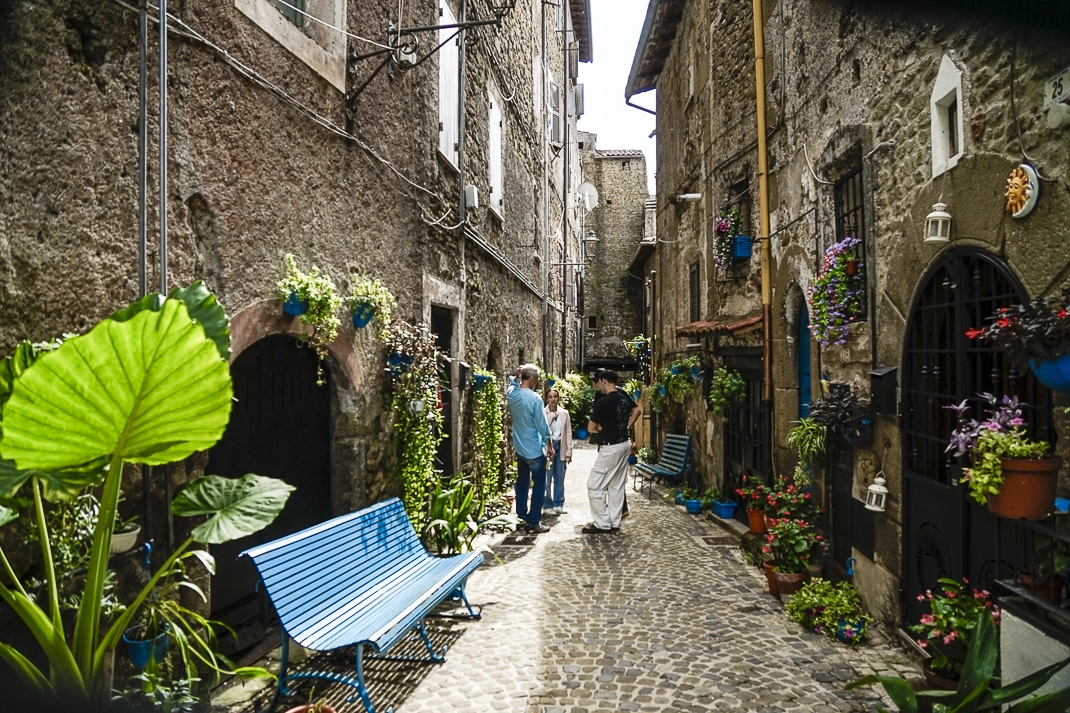
Where is it:
26 miles (42 kilometers) southeast of Rome.
How to get there: Numerous buses leave from Rome’s Anagnina station.
The hour-long journey is €2.80 one way.
For more information:
Pro Loco Cave, Via Cavour 25, 39-331-170-3716,
https://www.facebook.com/ProLocoCave/,
9 a.m.-1 p.m., 3:30-7:30 p.m. Monday-Friday, 10:30 a.m.-12:30 p.m., 4-7 p.m. Saturday-Sunday.
Where to eat:
L’Oca Bianca at the Slow Food Show in Turin.
The Genazzano cheese of Terra Madre represents the excellent agricultural product from animals grazing in stable pastures.
That is, they are not worked by machines. Therefore, the natural essences give the cheese its flavors and smells, also aided by the use of raw milk.
